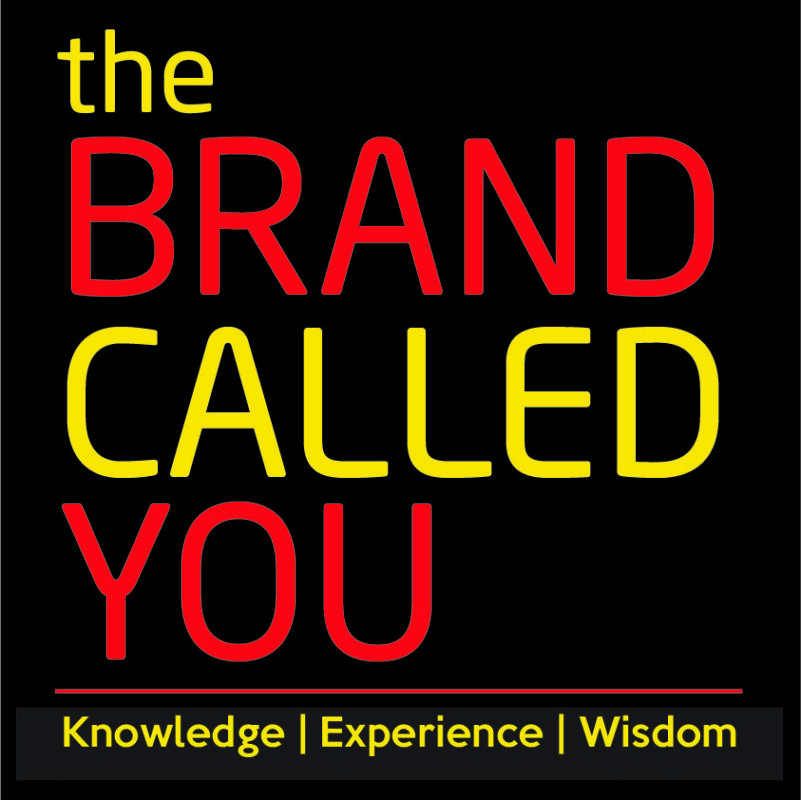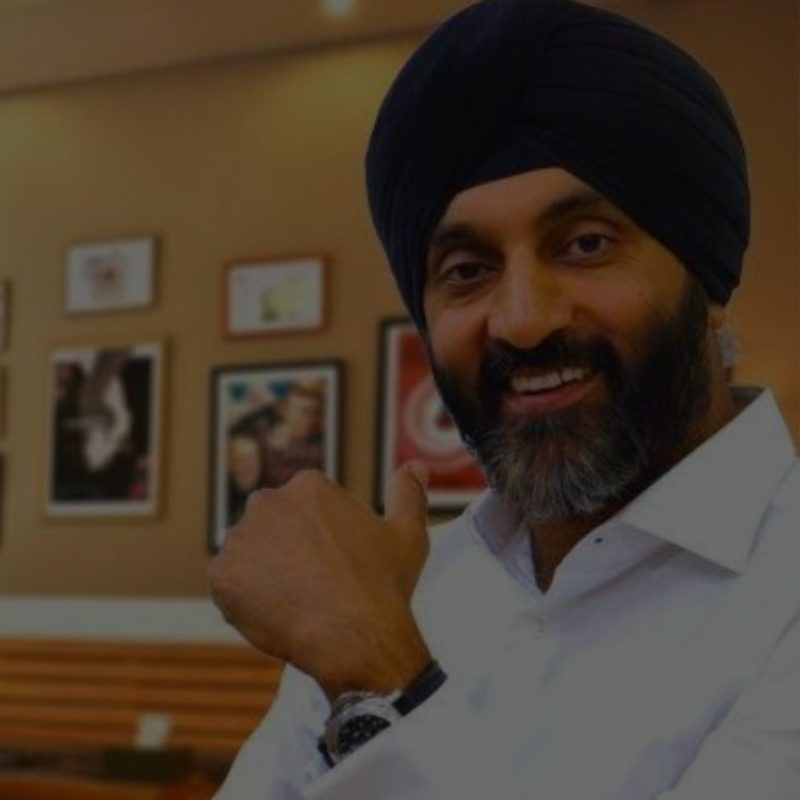Blog Post
Clove Dental is the largest network of dental clinics in India. In a country that lags behind on dental care, Clove Dental is spread across 350+ clinics throughout the country. With state-of-the-art equipment, the highest standards of hygiene, and customer satisfaction, they aspire to make the ‘gold standard of dentistry’ the ‘clove standard of dentistry’.
We welcomed the Founder and CEO of Clove Dental, Amar Singh at The Brand Called You to share his invaluable insights with our viewers. Amar has worked with companies like P&G, Warner-Lambert, Bain, etc. before coming back to the country and starting Clove. He talks to us about choosing the right industry to venture into, scaling up operations, and changing demand towards dentistry and healthcare.
On Choosing the Dental Industry
After a Master’s degree from Canada, working in the operations side of various corporates, an MBA from Harvard and a subsequent shift into the technology industry, Amar decided to come back to India in a typical mid-career decision. As he puts it –
”it was boredom that led me to think about my entrepreneurial journey.”
When he decided to come back to the country, he was trying to look for opportunities that could create a social impact but still be economically viable. “I believe that for-profit businesses can innovate faster than perhaps non-profit businesses. I don’t mean to take that away from them, but just generally my view. And so I chose to look at health care and education.”
He rejected education for various reasons, but even did not immediately decide upon dentistry. It was only when he realized that the other segments were so controlled due to the first rung involvement of doctors. Recognizing the more B2C nature of the dentistry industry, Amar realized that building a brand would be easier here.
“You know, it’s more of a B2B business where your patient goes to a physician who then refers them to those practices. So you’re building a brand with the physicians and building a brand with the physicians, it’s much harder because you have to bring a lot more to the table for you to penetrate the intellect of the doctors. Whereas when it comes to dentistry, dentistry is a direct-to-consumer business where actually you educate the consumers, you raise the awareness and consumers come directly to a dentist.”
How millennials are changing the industry
“I think one is that they are asking for and they understand quality. They understand, you know, hygiene, sterilization. They know that you know, in dental, you’re dealing with blood and saliva. So your instrument that the dentist is using better be very sterilized. And unfortunately, that may not be the case everywhere. So they’re A – much more aware.
Number two is they’re much more conscious about their appearances. And so the awareness is increasing.
And then I think the thirdly is that they are much more willing to spend. You know, they’re working. Oftentimes you have now both, you know, young men and women working equally. So they have dual-income households. So they have enough free cash flow at home or, you know, a disposable income, as we would call it. And they are looking to make sure that they are looking out for their looks, they’re looking out for their health.”
Whether to go solo or have partners in a startup
Amar believes that one must always account for their weaknesses. “When you’re working as an entrepreneur, you’re in love. And when you’re in love with something, whether it happens to be in personal social life or in business, well you put blinders on logic because you’re emotional, you’re passionate about this idea.”
He thinks that when people start out on their journey, they may not have the credibility needed. One would need partners at that time to make up for one’s own weaknesses. Over time, as credibility builds, one may hire talented people and go solo.
“I think the fundamental factor if I take it one level up, is that you need to understand what your capabilities are as an entrepreneur or what your strengths are and how you actually cover for your weaknesses in areas that you don’t have.”
“Early in my career, I had to find individuals who would come in as partners because I didn’t have credibility per se when I was starting out. So therefore I had to bring people with similar skill sets and therefore I formed partnerships. Later in my career, I was able to attract senior talent, people who knew my history and credibility. And therefore today my board is filled with very experienced entrepreneurs and executives who have worked globally and, you know, like Scott Peyman, who ran GE for India.”
When to scale up?
Amar gives us the best piece of advice, a rare insight derived from years of experience in scaling up a business of his size. From starting out with 1-2 clinics, they now have over 300 clinics all over the country.
“So I think if you look at the entrepreneurial journey of any particular venture, you have to first come up with the idea, so that’s the first step. You think about what problem you’re trying to solve. You have to understand the problem very deeply. Then you have to understand the solutions that you might bring forward. Then you have to do a test market or let’s call it an example or test. You iterate, do it in a small setting. For us, it was one or two clinics. So you then learn and you iterate, if you will, you change your problem, you change your solutions, you continue to iterate until you have figured out a reasonably well functioning solution to that problem that you’re trying to solve. Once you figure that out. Step three then is you actually start to put some standard operating procedures, some templates around some of those key functional areas, whether it’s recruiting, whether…for us, it was about how do we, how does the clinic get a design language? What kind of doctors do we want to hire? What kind of a look and feel of the clinic? What equipment do we want? So there’s a lot of, you know, elements of your design that you put in. And you realize the things that don’t work. So there are iterations that you do. Once you figure that out, then you actually start to put certain templates and standard operating procedures that will allow you to replicate them without too much variation. Because as you scale, variability is the one that actually causes you grief. If you can have and if you look at any large group, we look at Starbucks, you look at as an example McDonald’s, you can look at any large centers. They all have a large number of consistent processes.”
“Because there’ll be enough local nuances and local problems. So you want to be dealing, solving those local problems rather than trying to solve your structural problems.”
The Brand Called You, covers the stories of many such artists, entrepreneurs, social workers, and professionals. Visit The Brand Called You for content on Entrepreneurs and Professionals from a wide spectrum of various backgrounds.
Follow us on Instagram, Twitter, Facebook, and LinkedIn!


